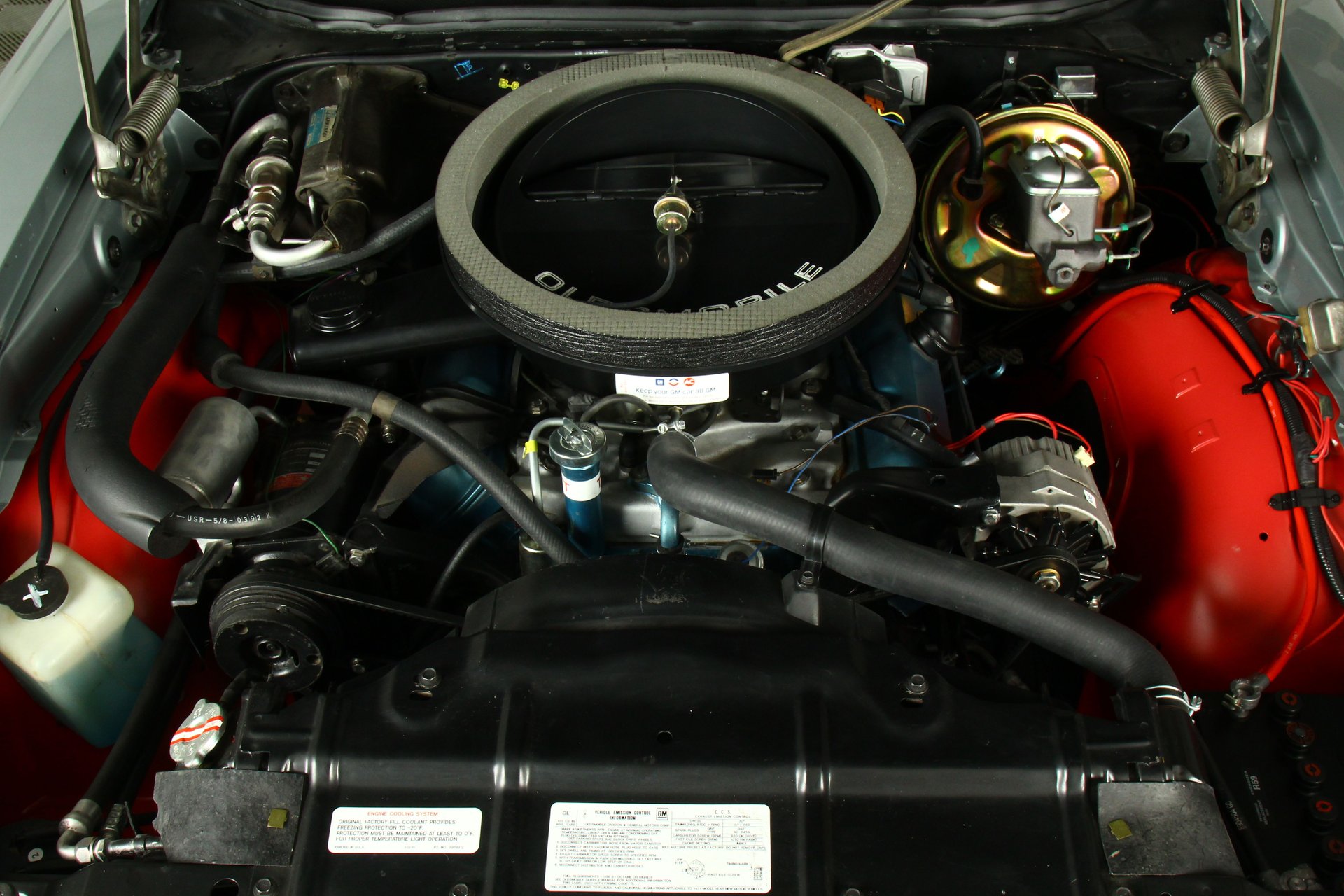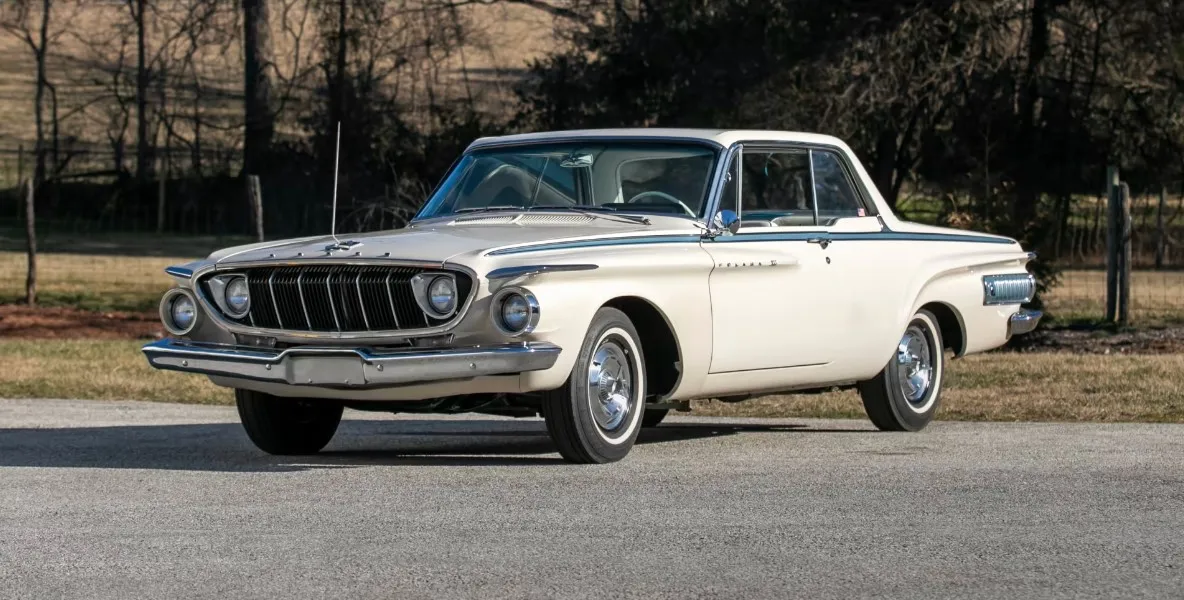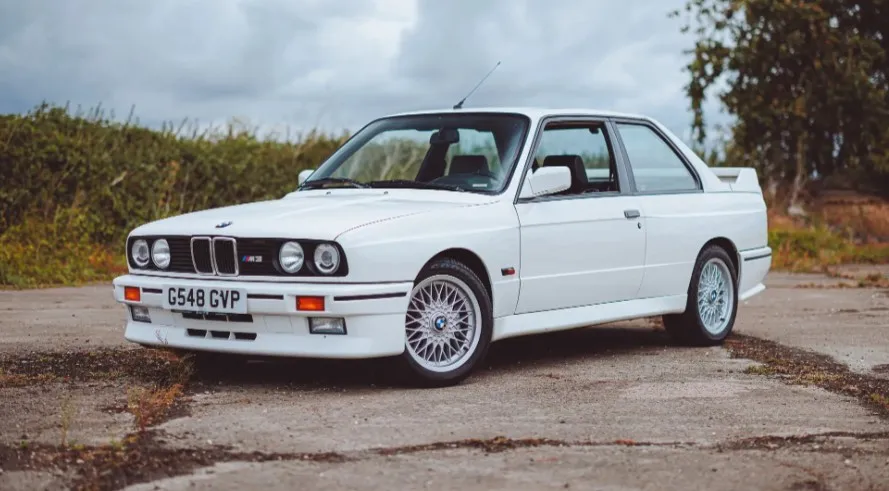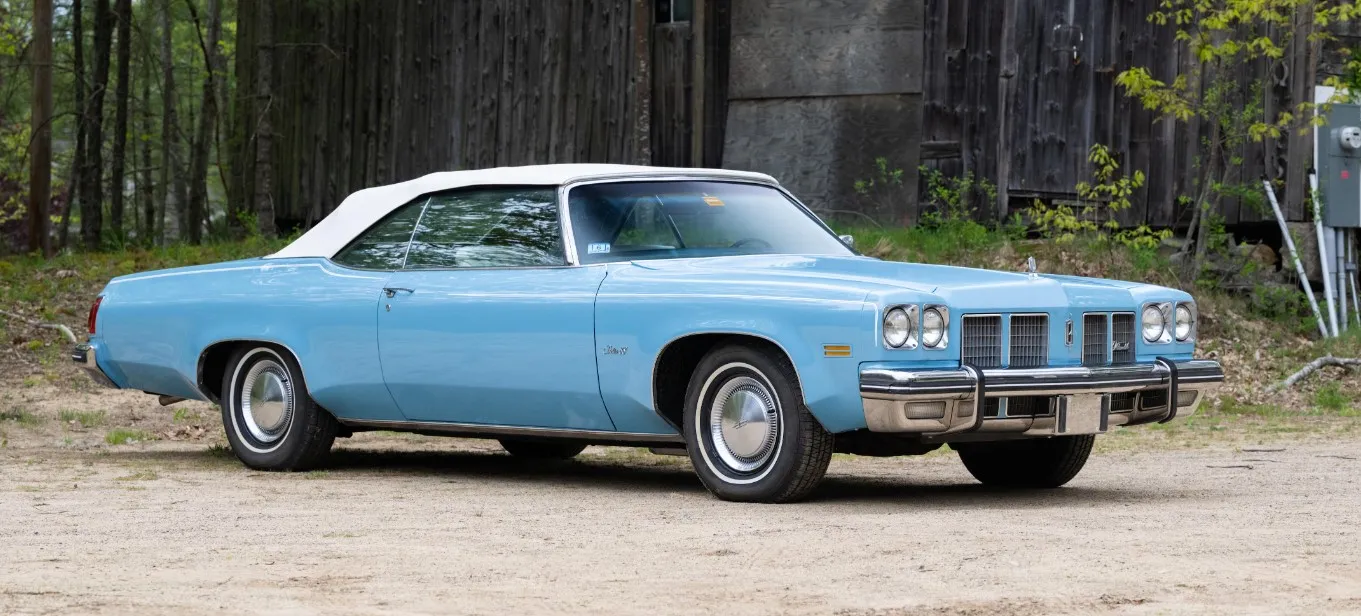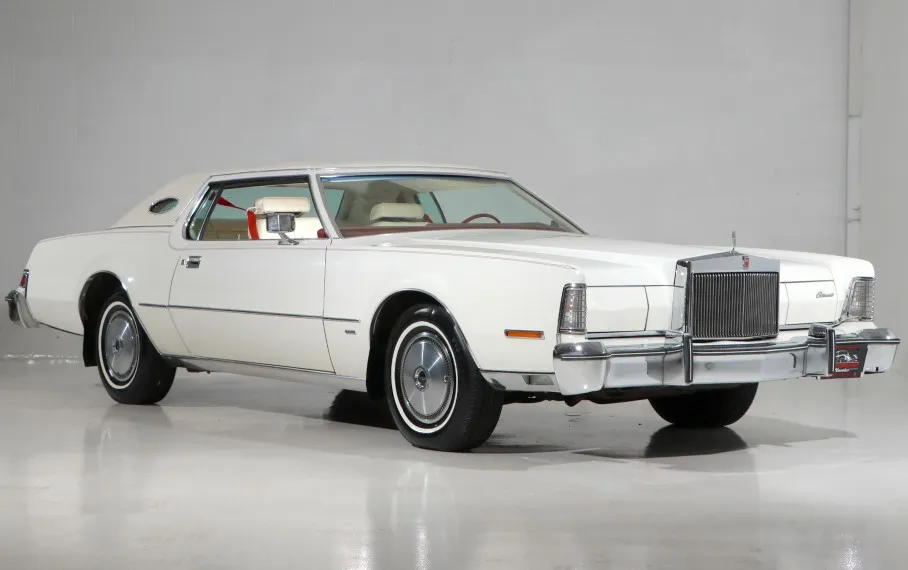The 1971 Oldsmobile 442 is a revered name in the world of classic cars, known for its muscular design, powerful engine, and undeniable presence on the road. As one of the last true muscle cars of the golden era, the 442 has earned a special place in the hearts of collectors and enthusiasts alike. This article delves into the history, features, and enduring legacy of the 1971 Oldsmobile 442, exploring why it remains a coveted classic car more than half a century after it first rolled off the assembly line.
A Brief History of the Oldsmobile 442
The Oldsmobile 442 was first introduced in 1964 as a performance package for the Oldsmobile Cutlass. The name "442" originally signified the car's four-barrel carburetor, four-speed manual transmission, and dual exhausts. As the muscle car era took off, the 442 evolved into a distinct model known for its high performance and stylish design.
By 1971, the Oldsmobile 442 had established itself as a formidable player in the muscle car market, competing with legends like the Pontiac GTO, Chevrolet Chevelle SS, and Dodge Charger. The 1971 model year marked a significant point in the 442’s evolution, as it was among the last iterations before the muscle car era began to wane due to rising insurance costs, tightening emissions regulations, and the looming oil crisis.
Design and Styling: Classic Muscle Car Aesthetics
The 1971 Oldsmobile 442 is a quintessential example of classic muscle car styling. With its aggressive stance, bold lines, and distinctive features, the 442 was designed to turn heads. The front end is dominated by a split grille, flanked by dual headlights that give the car a menacing look. The "442" badge is prominently displayed, leaving no doubt about the car's identity.
One of the most striking design elements of the 1971 Oldsmobile 442 is its functional ram air hood. This feature, often paired with the W-30 performance package, not only adds to the car’s aggressive appearance but also serves a practical purpose by feeding cool air directly to the engine, enhancing performance.
The 442's body is sleek yet muscular, with well-defined curves and a wide stance that exudes power. The car typically featured bold stripes running along the sides or over the hood, a visual cue that hinted at the performance capabilities beneath the surface. The 1971 model was available in several vibrant colors, including Matador Red, Viking Blue, and Sebring Yellow, which only added to its road presence.
Performance and Power: The Heart of the 442
At the core of the 1971 Oldsmobile 442 is its powerful V8 engine, which was the hallmark of this classic car. The standard engine for the 442 was a 455 cubic inch (7.5 liters) V8, capable of producing 340 horsepower and 460 lb-ft of torque. This engine provided the 442 with impressive acceleration and top-end performance, making it one of the most formidable muscle cars of its time.
For those seeking even more power, the W-30 performance package was available. This option included a more aggressive camshaft, high-flow cylinder heads, and the aforementioned ram air induction system. With the W-30 package, the 455 engine's output was bumped up to 370 horsepower and 500 lb-ft of torque, delivering blistering performance that could easily outpace many competitors.
The 1971 Oldsmobile 442 was available with either a four-speed manual transmission or a three-speed automatic, catering to both purists who preferred the tactile engagement of a manual gearbox and those who opted for the convenience of an automatic. The car's suspension was tuned for a balance of comfort and handling, making it capable of both straight-line speed and agile cornering.
The 1971 Oldsmobile 442 in the Muscle Car Market
By 1971, the muscle car market was beginning to face challenges that would ultimately lead to its decline. Rising insurance premiums, stricter emissions regulations, and growing concerns about fuel economy were all factors that contributed to the changing landscape. However, the 1971 Oldsmobile 442 stood as a testament to the peak of the muscle car era, offering enthusiasts a final glimpse of unbridled power and performance before the industry shifted toward more restrained vehicles.
Despite the challenges, the 442 remained a popular choice among performance enthusiasts. Its combination of style, power, and relative comfort made it a well-rounded muscle car that could be enjoyed both on the drag strip and the open road. The 1971 model year also saw Oldsmobile's commitment to quality and engineering, ensuring that the 442 was as reliable as it was powerful.
Collectibility and Legacy: The 1971 Oldsmobile 442 Today
Today, the 1971 Oldsmobile 442 is a highly sought-after classic car, cherished by collectors and enthusiasts alike. Its status as one of the last true muscle cars of the era has only increased its desirability, with well-preserved examples commanding high prices at auctions and in private sales. The rarity of models equipped with the W-30 package further adds to the car’s appeal, making them particularly prized among collectors.
The 442's legacy extends beyond its performance and design. It represents a time when American automakers were pushing the boundaries of what was possible with internal combustion engines, creating cars that were as much about emotion and excitement as they were about transportation. The 1971 Oldsmobile 442 embodies the spirit of the muscle car era, a period when horsepower and style were king, and driving was an exhilarating experience.
For many classic car enthusiasts, the 1971 Oldsmobile 442 is a dream car, representing the pinnacle of American automotive performance. Its combination of aggressive styling, raw power, and engineering excellence makes it a standout in any collection. Whether cruising down the highway or parked at a car show, the 442 commands attention and respect, a true icon of the golden age of muscle cars.
Restoring and Maintaining a 1971 Oldsmobile 442
For those fortunate enough to own or restore a 1971 Oldsmobile 442, maintaining its originality and performance is key to preserving its value and enjoyment. When restoring a 442, it's important to source authentic parts, as original components play a significant role in the car's collectibility. Many companies specialize in reproduction parts for classic cars, making it easier for enthusiasts to find the components needed to bring their 442 back to its former glory.
In addition to sourcing original or high-quality reproduction parts, maintaining the 442’s engine and drivetrain is crucial for preserving its performance. Regular maintenance, such as oil changes, carburetor tuning, and brake checks, will keep the car running smoothly and ensure that it performs as it did when it first left the factory.
Given the car’s age, attention should also be paid to the bodywork, particularly in areas prone to rust. Keeping the 442 in a climate-controlled garage, regularly washing and waxing the exterior, and addressing any rust issues promptly will help preserve the car’s appearance and structural integrity.
The Enduring Appeal of the 1971 Oldsmobile 442
The 1971 Oldsmobile 442 is more than just a classic car; it's a symbol of a bygone era when American muscle cars ruled the roads. Its powerful V8 engine, aggressive styling, and rich history make it a standout in the world of classic cars. For collectors, restorers, and enthusiasts, the 442 represents the pinnacle of American automotive performance, a car that delivers both on the road and in terms of its legacy.
Whether you're drawn to its raw power, its bold design, or its place in automotive history, the 1971 Oldsmobile 442 is a classic car that continues to captivate and inspire. As a testament to the golden age of muscle cars, it remains a dream car for many, embodying the excitement and passion that defined an entire generation of American automobiles.




